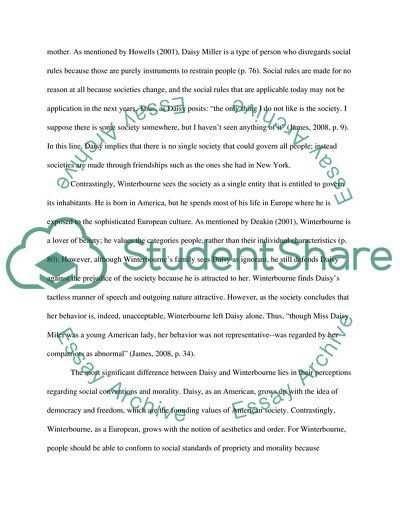Cite this document
(“Modernism and Henry James Daisy Miller Dissertation”, n.d.)
Retrieved from https://studentshare.org/literature/1589993-modernism-and-henry-james-daisy-miller
Retrieved from https://studentshare.org/literature/1589993-modernism-and-henry-james-daisy-miller
(Modernism and Henry James Daisy Miller Dissertation)
https://studentshare.org/literature/1589993-modernism-and-henry-james-daisy-miller.
https://studentshare.org/literature/1589993-modernism-and-henry-james-daisy-miller.
“Modernism and Henry James Daisy Miller Dissertation”, n.d. https://studentshare.org/literature/1589993-modernism-and-henry-james-daisy-miller.


